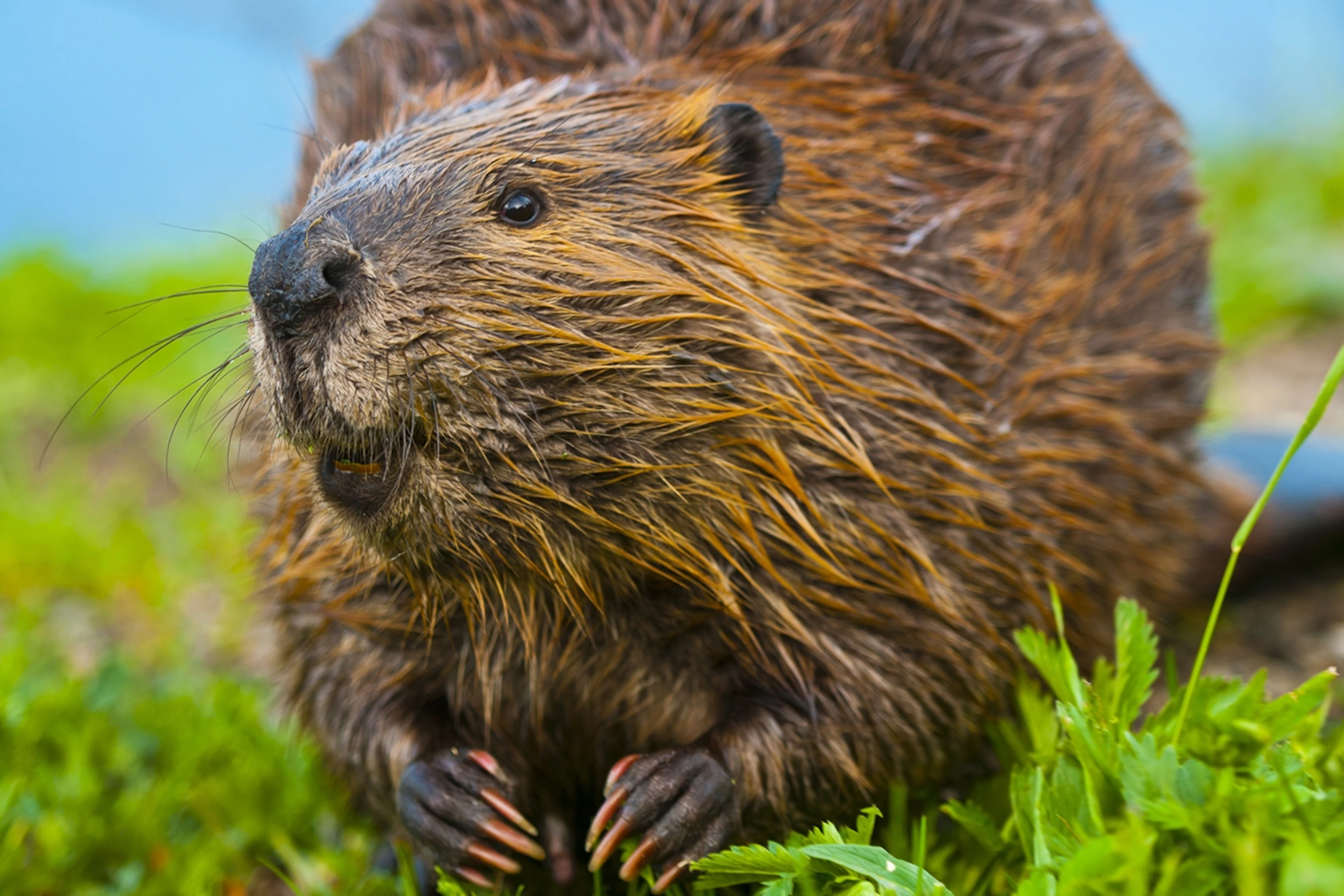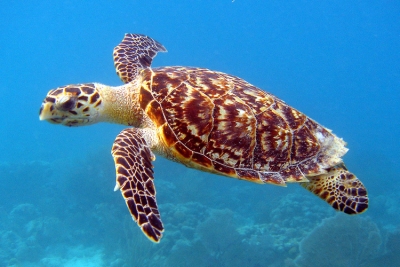WHAT ARE PRIMATES?

Humans, apes, monkeys and lemurs all belong to a group of animals called primates. They have large brains, hands that can form a good grip, and a tendency to walk on two legs.
What do most living primates have in common?
- Large brains (in relation to body size)
- Vision more important than sense of smell
- Hands adapted for grasping
- Long life spans and slow growth
- Few offspring, usually one at a time
- Complex social groups
If one takes a look at the living primate species, one encounters an astounding variety of sizes, appearances and specializations so that one sometimes considers it incredible that we all have a common ancestor. This common ancestor originated about 80 million years ago when the so-called Primatomorpha split up in the ancestors of today's colugos (Dermoptera) and the first primates. The closest relatives of the primates are therefore not, as long believed the Treeshrews (Scandentia), but cat-sized mammals, whose characteristic is a membranous structure that covers all its extremities and the tail that allows the animals to glide from tree to tree (Mason et al 2016). While only two colugos species are known in Southeast Asia, more than 500 primate species from 16 different families are known. The number of species has increased rapidly in the last 20 years due to the new possibilities of species differentiation using genetic methods
Are humans descendants of apes?
For scientifically educated humans, it nowadays goes without question that all living beings are a product of evolution and that a common ancestor for all living primates including humans existed. The problem therefore seems to be of semantic nature: How do we call our common ancestors? The scientifically correct term would be "primate". In German-speaking science, the Anthropoidea, the group that has separated from the Tarsier after splitting of the “dry-nosed” primates, is referred to as the "real monkey" and in more recent literature only as "monkeys". These include all families of the American and Afro-Eurasian primates, including apes - and thus humans. If one referred to the first anthropoids that lived 64 million years ago as a monkey, one must logically assume that our ancestors of the last 64 million years were monkeys. However, there is only one logical answer to the question: not only are humans descendants of primates, but is one too.
Credit : German Primate Centre
Picture Credit : Google













